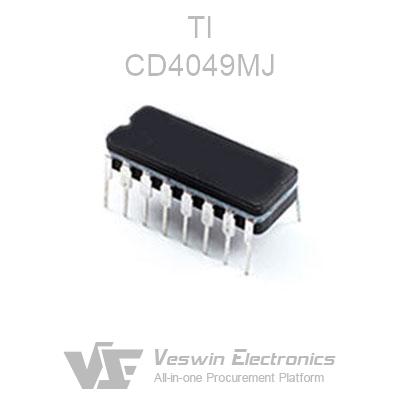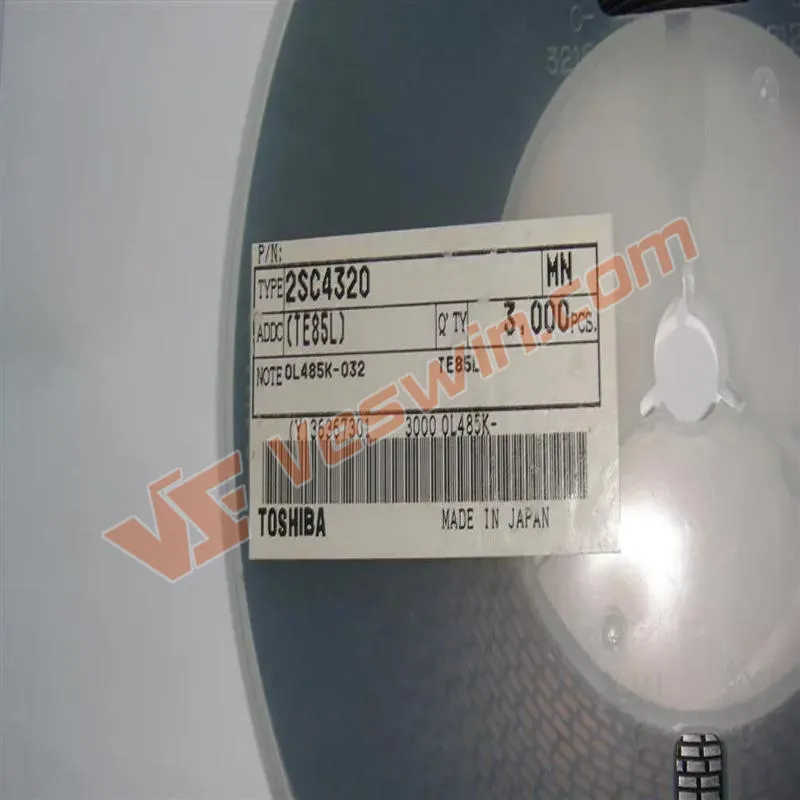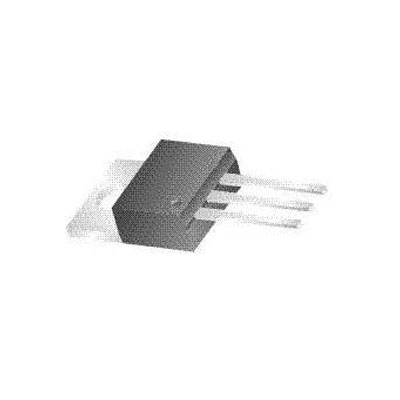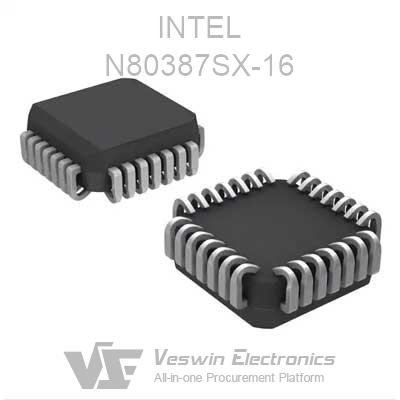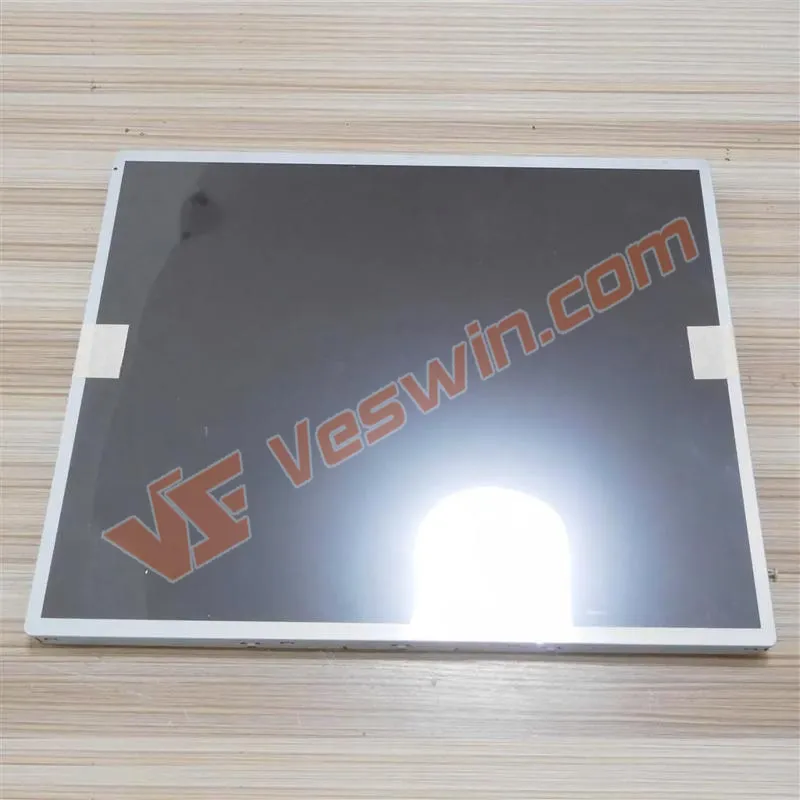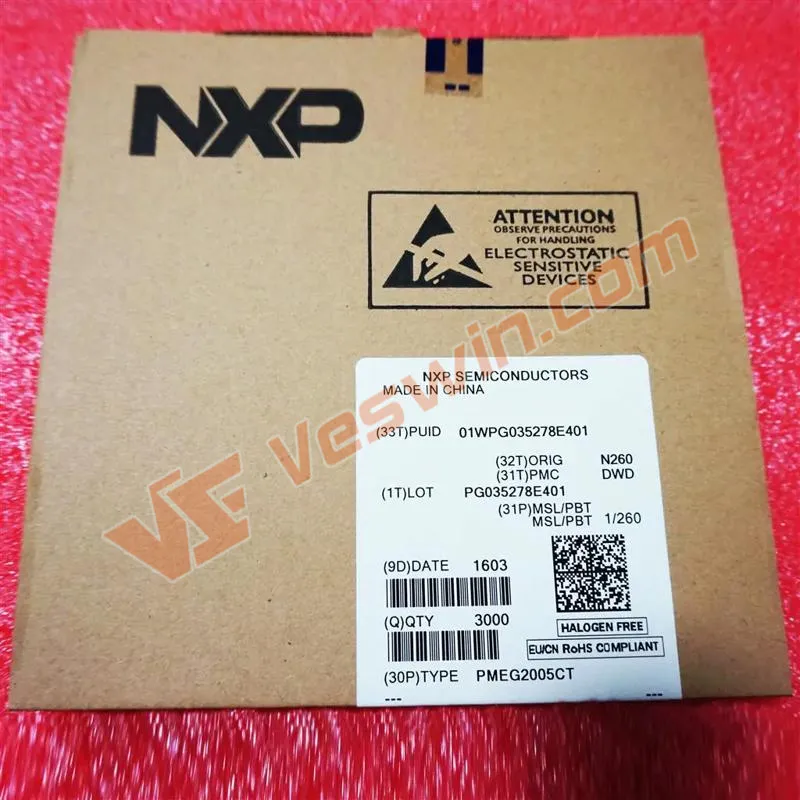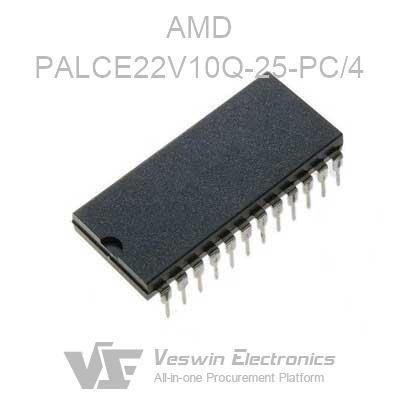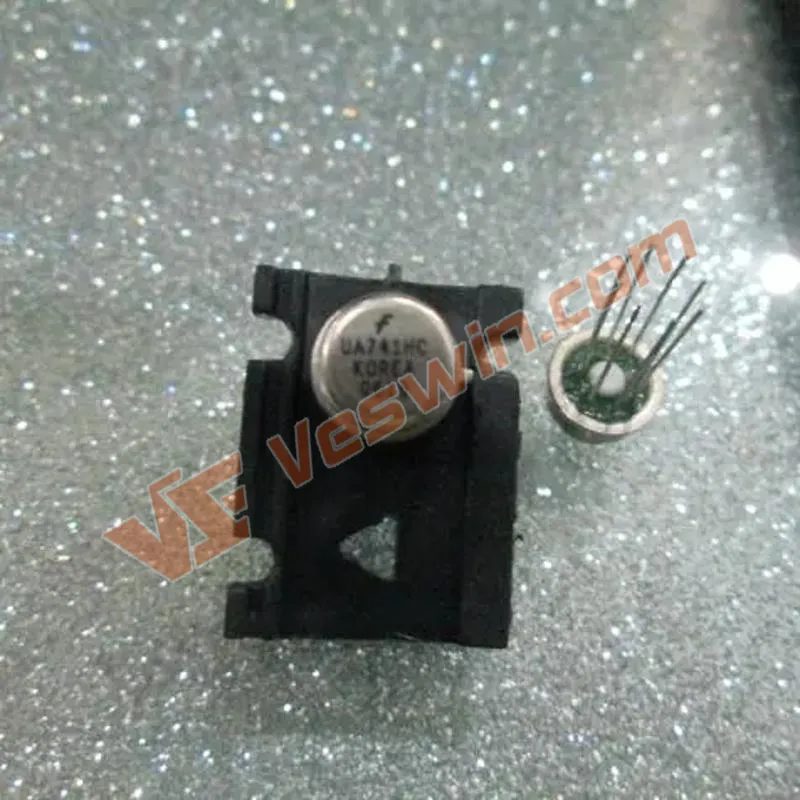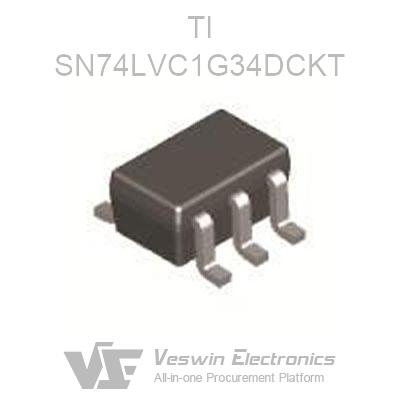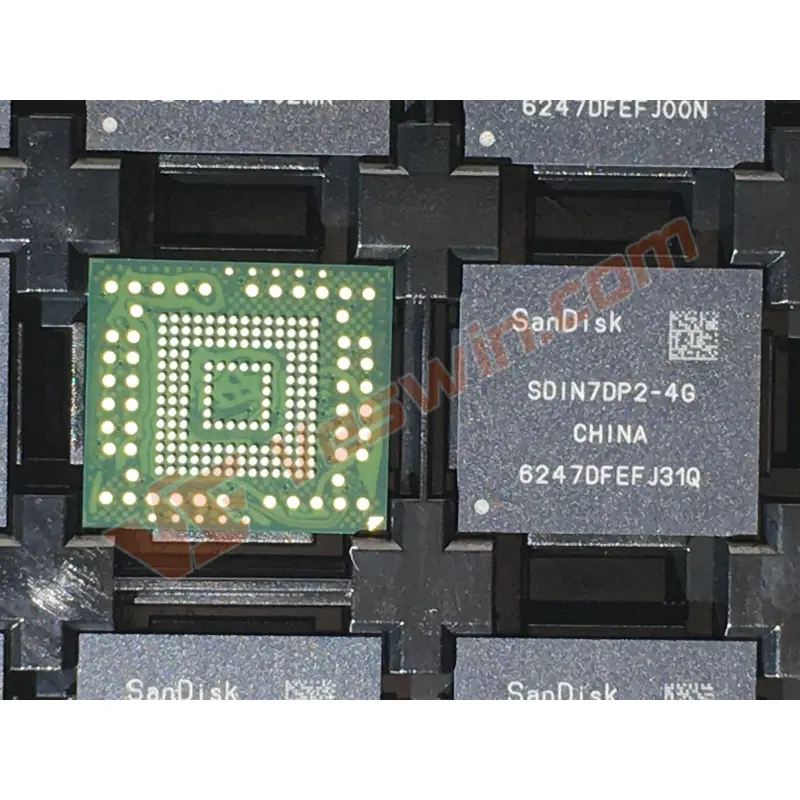Relay is a kind of automatic control device that the output quantity will jump when the input quantity (electric, magnetic, sound, light, heat) reaches a certain value. And automotive relays are relays used in automobiles. These relays have high switching load power and high resistance to shock and vibration. The power supply in automobiles is mostly 12V, and the coil voltage is mostly designed for 12V.
Due to the battery power supply, voltage instability, harsh environmental conditions, suction voltage V ≤ 60% VH (fixed working voltage), coil overvoltage allowed up to 1.5 VH. coil power consumption is large, generally 1.6 ~ 2W, the temperature rise is high. Environmental requirements are quite demanding: in the engine compartment, the ambient temperature range required is -40℃ ~ 125℃, other locations ambient temperature range is -40℃ ~ 85℃, the relay used in the engine compartment should be able to withstand sand, dust, water, salt and oil.
In the simplest terms, we can say that a relay is a switch, which is the same as the switch that turns on and off fans and light bulbs on the wall at home. Both switches are the same, they both turn on and off the circuit. But they have a difference in that the homing switch is manually operated, while in a car it is electrically operated.
Automotive relays consist of a contact system, a magnetic circuit system, and a recovery mechanism. The magnetic circuit system consists of core, yoke, armature, coil and other parts. The contact system consists of parts such as static reeds, dynamic reeds, and contact bases. The recovery mechanism consists of recovery reeds or tension springs. Therefore, automotive relays are also known as electrical switches or electromagnetic switches.
There is a large market for automotive relays. The automotive demand for The need for safety, luxury and comfort has led to a growing market for automotive relays.
1. Electromagnetic relays: a type of electrical relay that works by using the circuit within the input circuit to create a suction force between the electromagnet core and armature.
2. Solid state relays: refers to electronic components to perform their functions without mechanical moving parts, input and output isolation of a relay.
3. Temperature relays: relays that operate when the external temperature reaches a given value.
4. Reed relay: the use of sealed in the tube, with a touch reed and armature magnetic circuit dual role of the tongue spring action to open, close or convert the line of the relay.
Between relays: plus or minus the input signal to lose part need to delay or limit between the provisions before closing or breaking its control line relays.
High-frequency relay: for switching high-frequency RF lines with loss relays.
Polarization relay: polarization magnetic field and control current control coil produced by the combined effect of magnetic field.
Other types of relays: optical relays, acoustic relays, thermal relays, instrumentation relays, Hall effect relays, differential relays, etc.
The working principle of automotive relay is electromagnetic principle. When current flows through the relay, it generates an electromagnetic field to attract the movable rod for connection.
When a certain voltage or current is added to both ends of the electromagnetic relay coil, the magnetic flux generated by the coil passes through the core, yoke iron, armature, magnetic circuit work air gap composed of magnetic circuit, under the action of the magnetic field, the armature suction to the core pole surface, thus pushing the contact normally closed contact off, normally open contact closed;
When the voltage or current at both ends of the coil is less than a certain value, the mechanical reaction force is greater than the electromagnetic suction force, the armature back to the initial state, normally open contact Disconnected, normally closed contacts are connected.
Then, the automotive relay can be seen as a collection of two parts: the control circuit where the coil works and the main circuit where the contacts work. In the control circuit of the relay, there is only a small operating current, which is due to the small capacity of the contacts of the manipulator switch, which cannot be used to directly control the load with a large amount of electricity, but only through the contacts of the relay to control its on/off.
Relay is both a control object (actuator) and a control switch. For example, the fuel pump relay is the control switch of the fuel pump, but the coil of the fuel pump relay can only form a circuit through the contact point of the electronic control unit when the triode is driven to conduct in the electronic control unit.
At its simplest, an automotive relay serves to change the control circuit. It, equivalent to a switch, and the other is the role of increasing the current. In fact, the role of an automotive relay is the same as the function of a general relay, mainly as a "switch".
① Protective control switch
The control switch only controls the relay coil, and the electromagnetic force generated by the relay coil is used to turn on and off the circuit to be controlled by the control switch. After the relay is added, the control switch only flows a smaller current through the relay coil, so the switch is less likely to be damaged and the service life can be extended.
② Enabling automatic control
Some relay coil currents are controlled by an operating voltage in the automotive circuit. When the controlled voltage in the circuit reaches the set relay operating voltage, the relay contacts change their operating state, thus achieving automatic control. For example, the starter drive protection relay can be used after the engine is started, the generator generates electricity, and the midpoint voltage from the generator makes the relay contacts open and automatically breaks the circuit of the starter solenoid switch.
Contact selection
Long-term practice at home and abroad has proved that about 70% of the failures occur in the contacts, which shows that the correct selection and use of relay contacts is very important.
1) The combination should be used equal to or more than the number of contacts required.
2) Load type most automotive relay load capacity, only nominal resistive load, but the actual use of automotive relays are often not resistive load, but inductive load, lamp load, motor load, due to the presence of high inrush current (Table 4), the contact steady-state load size should be used according to the size of the inrush current derating.
3) Contact material contact material should be consistent with the type of load used, for low-level or medium current should put forward special requirements, this paper does not repeat.
4) Contact rated load value
① The choice of rated voltage: automotive relay load rating is usually 12 V / DC, while the diesel engine is 24 V / DC, pay attention to determine the relay specifications.
② Selection of rated current: the rated current of the relay depends on the load performance of the contacts, according to the rated current of the power equipment to choose the corresponding rated current of the relay, but the general relay does not have low-level switching capability; think contact switching load must be small than the switching load is reliable is not correct, in general, the relay switching load at rated voltage, the current is more than 100mA, less than 70% of the rated current is best. 70% of the rated current is the best.
Input parameters selection principle
The input quantity closely related to the user is the working voltage of the coil. For DC type relays, it is recommended to use ±5% of the rated voltage of the coil; while the suction voltage (or current) is the parameter for the relay manufacturer to control the sensitivity of the relay and to judge and evaluate it.
Mechanical Performance Requirements
Installed in the cockpit requires ambient temperature range: -40 ~ 85 ℃; installed in the engine compartment requires ambient temperature range: -40 ~ 125 ℃. General relays basically have to meet the life of 1 million times. Sometimes relays have to work in environments with poor heat dissipation, so the selection of relays in such environments requires special attention to the operating temperature of the relay and sufficient testing to verify.
Other items
Relays on the fuse box, generally choose the socket quick connect type, if the relay installation needs to be fixed under a pendant, you can choose a relay with a pendant. In general, the size of the relay indicates the rated load capacity of the relay, and the larger size of the relay has better heat dissipation capability.
The actual relay type should be selected based on the specifications provided by the manufacturer, taking into account the impedance of the load in the form of inrush currents and the need to reserve sufficient margin.
Front fog lamp relay selection
1) The front fog lamp is a lamp load, nominal voltage 12V, 55W.
2) The vehicle uses 12V DC power supply, the control circuit provides the coil rated voltage of 12 V. The relay coil should be selected with rated voltage of 12V/DC or more.
3) The front fog light relay is located in the distribution box of the cockpit, and the relay with the ambient temperature of -40~85℃ can be selected.
4) The coil end of the front fog light relay is given by the light switch, so that the contact end output signal to the two front fog lights, choose a contact normally open four-legged relay.
5) The sum of the rated current of the 2 lights is calculated to be about 9 A. According to the principle that the switching load of the relay is less than 70% of the rated current, and considering that the front fog light is a short-time working load, we can choose a relay with a rated current value greater than 13 A.
With the above conditions, we can select the relay: through the product information provided by Shanghai HUGONG relay, the model number is 9004A-88002 relay, rated voltage 12 V/DC, rated load 22 A, 14 V/DC, ambient temperature -40 ~ 85 ℃ and other parameters are in line with the design requirements.
Selection of the main relay
1) The main relay carries the following loads: front and rear oxygen sensors 10 A, fuel injectors 4 A, ignition coil 10 A, carbon tube solenoid valve 1 A. The nominal voltage is 12 V, all inductive loads, and the peak current should be considered.
2) The vehicle is using 12 V DC power supply, the control circuit to provide the coil voltage rating of 12 V, should choose the relay coil voltage rating of 12 V / DC or more.
3) The main relay is located in the distribution box of the driver's cab, and the relay with ambient temperature of -40~85℃ can be selected.
4) The coil end of the main relay is battery powered, so that the contact end outputs a power signal to each load, choose a contact normally open four-legged relay.
5) The rated current of the load is calculated to be 25 A. According to the principle that the switching load of the relay is less than 70% of the rated current, a relay with a rated current of more than 40 A should be used, considering that the ECU is a continuous working.
Hot News
